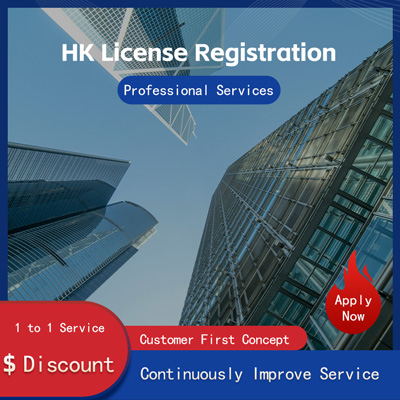
High-Value Application Scenarios of CPT and CIP in International Trade Practice
The Golden Application Scenarios of CPT and CIP in International Trade Practice
In international trade, the choice of terms directly affects the division of responsibilities, risk bearing, and cost allocation between the trading parties. Among them, CPT Carriage Paid To and CIP Carriage and Insurance Paid To are two widely used trade terms, each applicable to different commercial scenarios. Understanding and reasonably applying these two terms are of great significance for enterprises to avoid risks and improve efficiency.

At the core of the CPT term is that the seller is responsible for transporting the goods to the agreed destination and paying the transportation costs. However, the risks and responsibilities before the goods cross the ship's rail or into the hold still remain with the seller. This characteristic makes CPT particularly suitable for enterprises that wish to quickly initiate logistics processes while retaining certain control. For example, when a Chinese electronics manufacturing company exported a batch of laptops to Europe, it chose the CPT clause. Through its own supply chain management capabilities, the company selected several reputable logistics companies as carriers to ensure that the goods reached the customers on time. Due to the high requirements for transport conditions for electronic products, the company could also flexibly adjust the mode of transport through CPT, such as choosing air transport to shorten delivery time or using sea transport to reduce transportation costs. This flexibility not only enhances the company's market competitiveness but also effectively reduces the risk of contract breaches due to delayed deliveries.
Compared to CPT, the CIP term further increases the seller’s obligations. In addition to paying the transportation costs, the seller must also insure the goods to cover various potential risks from shipment to the destination. This feature makes CIP especially suitable for high-value commodities, particularly those prone to natural disasters, accidents, or other uncontrollable factors. For instance, a large agricultural machinery manufacturer planned to sell its high-end combine harvesters to African regions. Considering the relatively weak local infrastructure, complex road conditions, and variable climate, the company decided to use the CIP clause for the transaction. By insuring the goods, the company could quickly obtain compensation in the event of unexpected situations, thus avoiding significant economic losses caused by damages. At the same time, this also strengthens the buyer’s confidence in product quality and service, helping to establish long-term cooperative relationships.
It should be noted that although CIP provides higher protection levels, its costs also increase accordingly. In actual operations, enterprises need to comprehensively consider their financial status, product characteristics, and market demand, and prudently choose the appropriate trade terms. For example, a medium-sized clothing exporter usually prefers to use the CPT clause when facing the European and American markets. On one hand, the value of such products is relatively low, so there is no need for additional high-value insurance; on the other hand, quick response to customer needs is a major competitive advantage in this industry, and CPT allows sellers to arrange transportation plans earlier, thereby shortening the overall delivery cycle.
In recent years, with the continuous optimization of global supply chains and technological progress, the application scenarios of CPT and CIP have gradually expanded. For example, the rise of e-commerce platforms has given birth to many new trade models, and many domestic small and medium-sized enterprises have begun to enter international markets. In this situation, CPT, due to its simple and understandable operational process and lower threshold, has become the preferred choice for many start-ups. Meanwhile, large multinational corporations prefer CIP to better cope with the complex challenges brought by globalization. According to statistics from the General Administration of Customs, China's total foreign trade value exceeded 40 trillion RMB for the first time in 2025, with about one-third of transactions completed using CPT or CIP clauses. This indicates that these two trade terms have become important tools for Chinese enterprises to participate in international competition.
Of course, regardless of which trade term is chosen, perfect contract management and professional services support are essential. Enterprises should clearly define all details with partners in advance, including but not limited to transportation routes, insurance coverage, payment conditions, etc., to prevent unnecessary disputes. They should also make full use of value-added services provided by third-party institutions, such as letter of credit review and document preparation, to further enhance the safety and reliability of transactions. In summary, correctly understanding and applying CPT and CIP can not only help enterprises maximize economic benefits but also provide more opportunities for them in the global market.
Helpful (0)
No help (0)
Still have questions after reading? More than 98,000 users have contacted us. Please fill in the following information to obtain business information.

Next Article
SE Asia Consumer Behavior Insights Comparative Analysis Between Shopee and Lazada Users
May 25, 2025Service Scope
MoreRecommended for You
- A Crucial Step in Trademark Registration Why You Can't Skimp on CR Fee
- How Much Does It Cost to Register a Trademark in the U.S.? A Clear Breakdown of Fees!
- Want to Register a Trademark in the U.S.? Master These Key Steps to Launch Your Brand Smoothly!
- How to Apply for a US Trademark? 10 Key Tips to Nail It in One Go!
- How to Successfully Register a Trademark in the U.S. for a Singapore Co. A Practical Guide
- How to Apply for a US Trademark After Registering a Company in Singapore? A Detailed Guide on Costs and Process
- A Comprehensive Analysis of US Companies Registering Trademarks in China How Much Do You Know?
- Guide to Registering a U.S. Trademark for Singapore Businesses Costs, Process Practical Tips
- How to Register a Trademark in the U.S. for a Shenzhen Company? Here's a Complete Guide!
- U.S. Trademark Registration Guide Step-by-Step Process Key Considerations
- Things to Know About U.S. Trademark Registration Is a Business License Needed? Cost Breakdown Here
- Shenzhen Startups Must Read US Trademark Registration Requirements Process Explained
- How to Register a Company and Apply for a Trademark in the U.S. What Documents and Procedures Are Needed?
- How to Easily Register a Company Trademark in the U.S. and Hong Kong - A Detailed Guide!
- 7 Key Tips You Must Know to Apply for a Trademark in the U.S.
- Do You Need a Trademark to Establish a Subsidiary in Hong Kong? A Deep Dive into Why This Step is Crucial
- Hong Kong Trademark Registration Costs Explained Boosting Business Globalization
- Trademark Registration in the U.S. Company or Individual? Let's Find Out!
- How to Register a Chinese Trademark in the U.S.? A Complete Guide with Practical Tips
- U.S. Trademark Registration Costs Explained All You Need to Know!


 ONE
ONE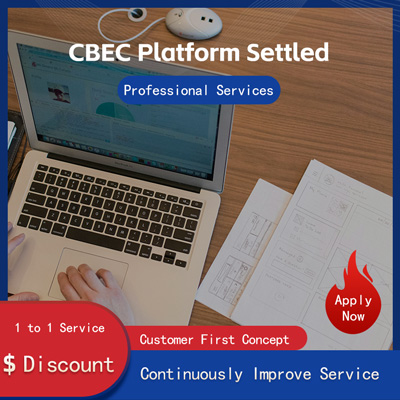
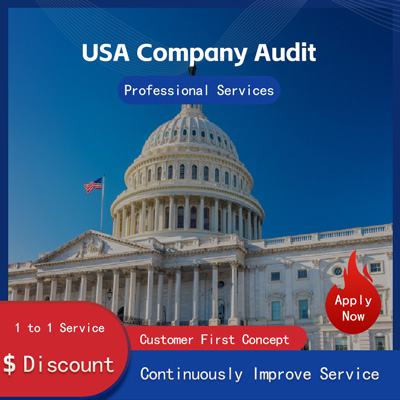


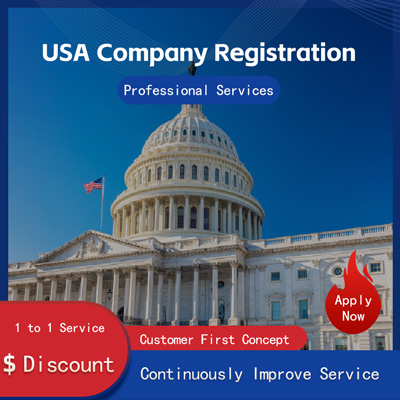
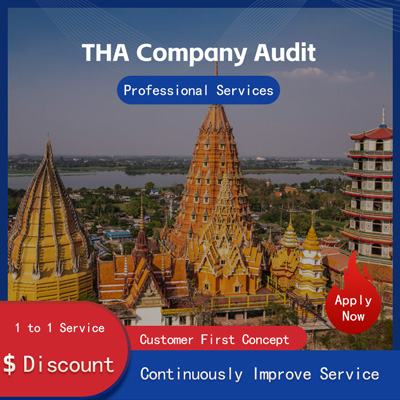
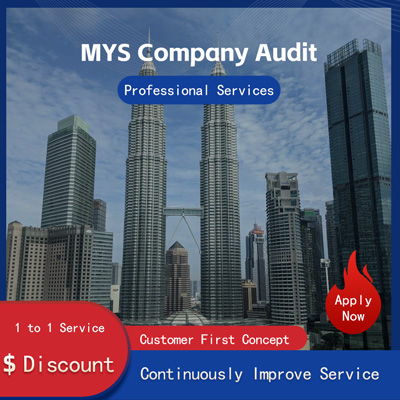
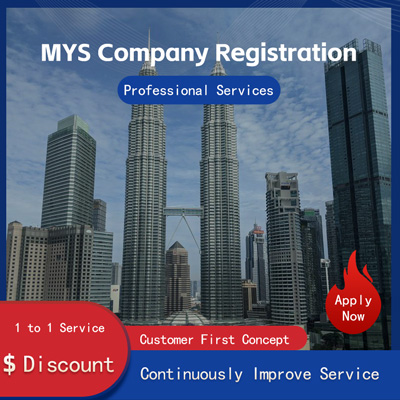
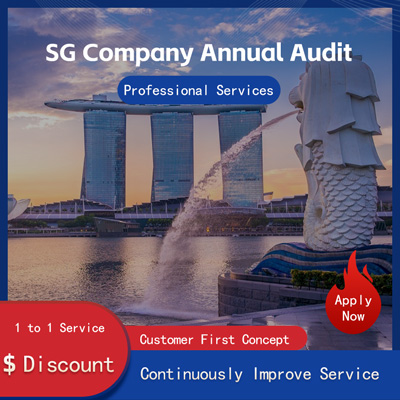
Customer Reviews
Small *** Table
December 12, 2024The experience was very good. I was still struggling to compare it with other companies. I went to the site a few days ago and wanted to implement it as soon as possible. I didn't expect that everything exceeded my expectations. The company is very large, with several hundred square meters. The employees are also dedicated and responsible. There is also a wall of certificates. I placed an order on the spot. It turned out that I did not make a wrong choice. The company's service attitude is very good and professional. The person who contacted me explained various things in detail in advance. After placing the order, the follow-up was also very timely, and they took the initiative to report the progress to me. In short, I am very satisfied and recommend this company!
Lin *** e
December 18, 2024When I first consulted customer service, they recommended an agent to me. They were very professional and patient and provided excellent service. They answered my questions as they came in. This 2-to-1 service model is very thoughtful. I had a lot of questions that I didn’t understand, and it’s not easy to register a company in Hong Kong. Fortunately, I have you.
t *** 7
December 19, 2024I originally thought that they only did mainland business, but I didn’t expect that they had been doing Hong Kong business and were doing very well. After the on-site interview, I decided to ask them to arrange the registration of my Hong Kong company. They helped me complete it very quickly and provided all the necessary information. The efficiency was awesome. It turns out that professional things should be done by professionals.👍
b *** 5
December 16, 2024In order to register a company in Hong Kong, I compared many platforms and stores and finally chose this store. The merchant said that they have been operating offline for more than 10 years and are indeed an old team of corporate services. The efficiency is first-class, and the customer service is also very professional.